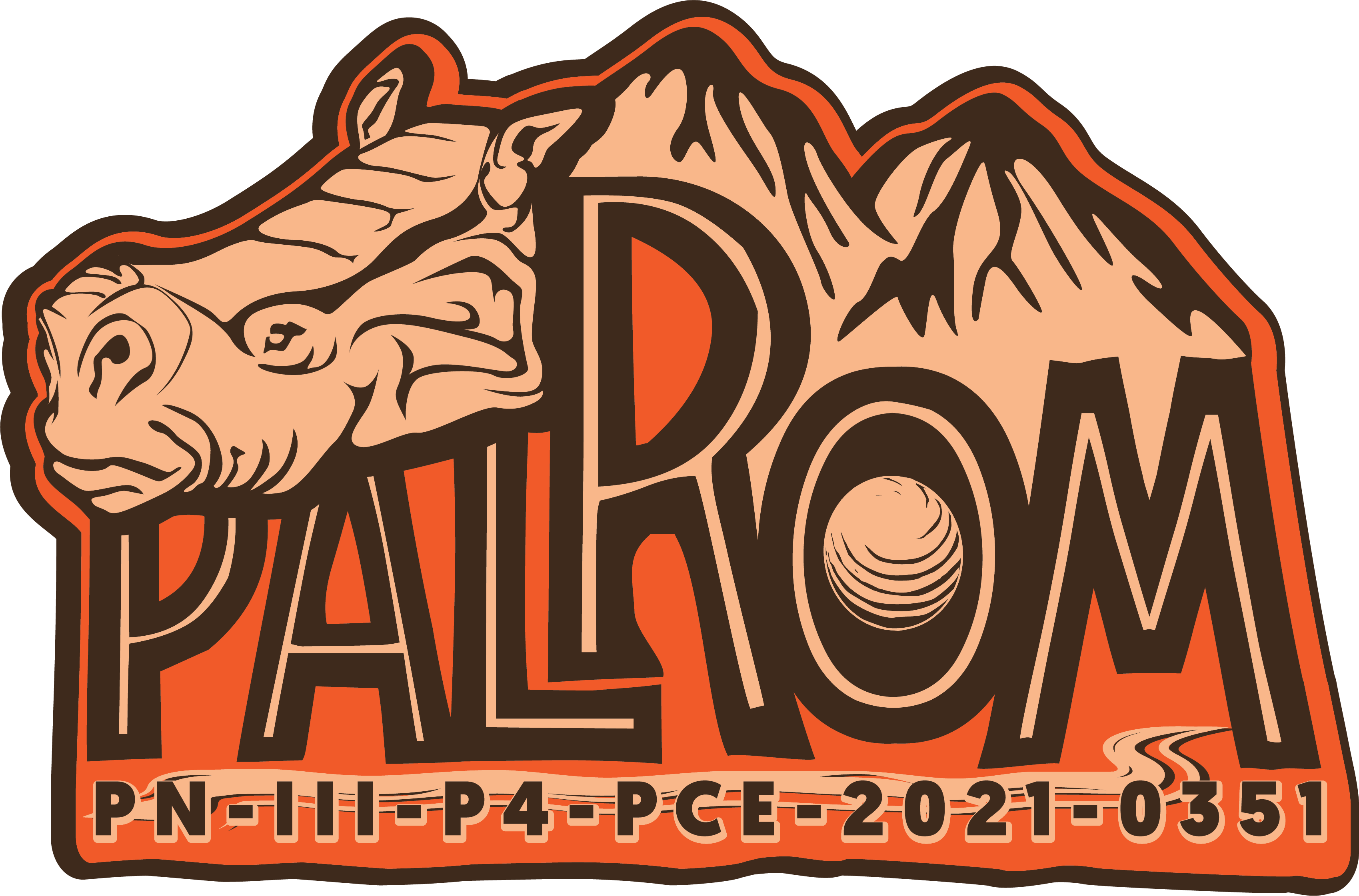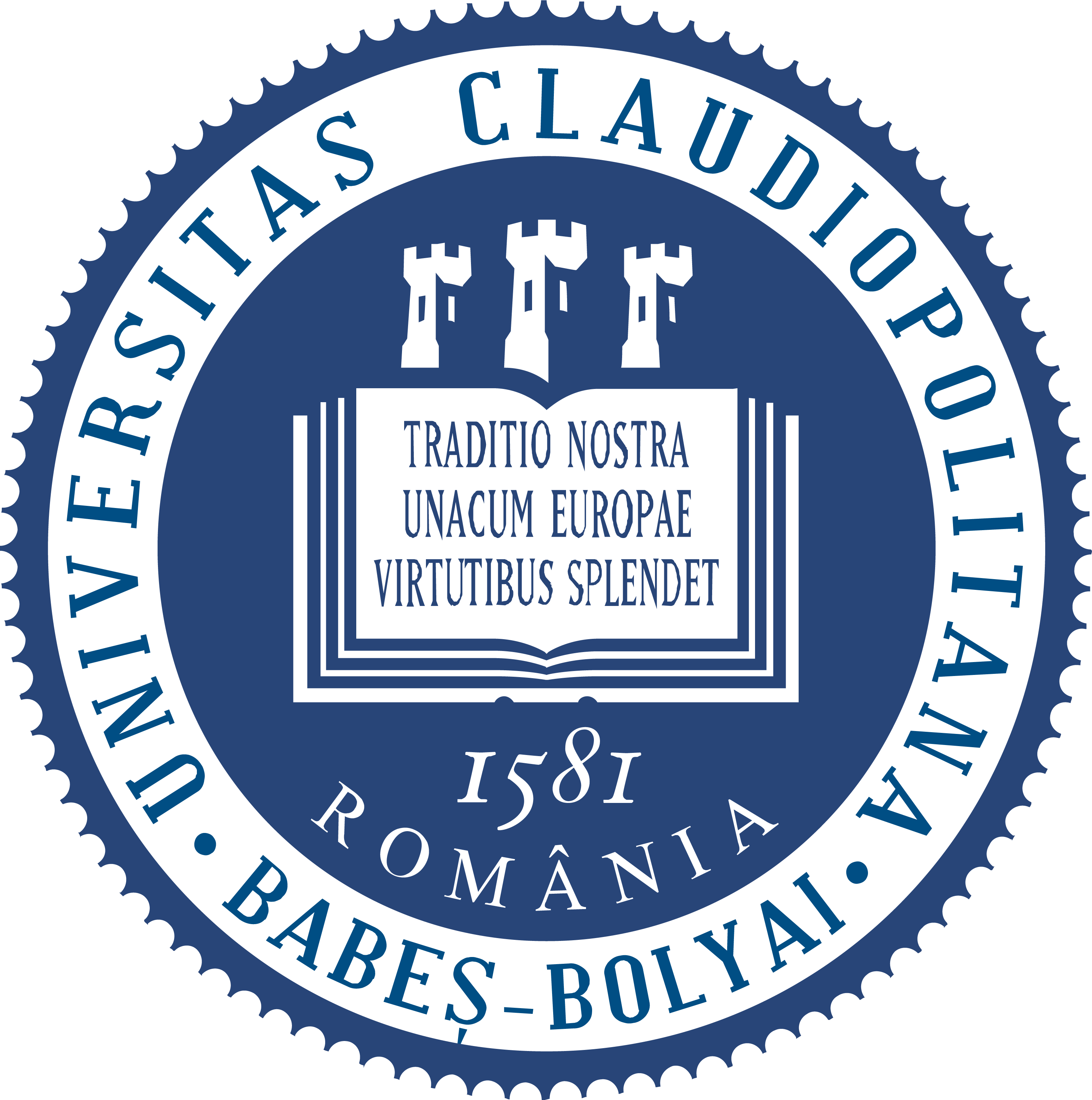The project "The dawn of Cenozoic climate changes: The Eocene-Oligocene terrestrial bio-events in Romania, part of the European geological Heritage" funded by the Ministry of Research, Innovation and Digitization through the PNCDI III programme, is of particular importance for Romanian palaeontology and geology as it addresses a series of novel studies on the evolution of continental environments, fauna and flora, and their migration over time across Eurasia.
The Mesozoic/Cenozoic boundary is of reference in geology. The subsequent Paleogene period was a time of dramatic changes for life on Earth. In whole Eurasia the terrestrial Paleogene environments are of high interest due their records concerning the geological events that changed the biota. Terrestrial Paleogene deposits although in generally rare, are well exposed in Romania. Among the fossils of interest, vertebrates are raising apart interest. Starting from an island realm, this region gradually turned into mainland where essential events occurred: the first mammal radiation, extensive climatic changes (including short events), opening of land bridges as result of orogeny and sea level variation etc. Starting from autochthonous endemic taxa, the faunas renewed gradually by successive migrations, mainly from Asia. In southeastern Europe data concerning these events are scarce, compared with the worldwide ones. This proposal refers to various geological studies (paleontology, sedimentology, taphonomy, mineralogy etc.) referring to the mentioned events, looking for their relationships with environmental and climatic Paleogene changes. Such data are essential for worldwide researchers in order to obtain a global image of the Paleogene evolution, as complete as possible. In such context, data from Romania are valuable and essential.
The main aim of the project is to investigate all the changes in the terrestrial ecosystems in Romania that occurred in Paleogene, trying to outline specific causes and effects. The concrete objectives of this project are to enrich the sample of specific terrestrial fossils, especially vertebrates, due to their high scientific impact, to extract, prepare, consolidate and study them, and store them in institutional collections. The project includes various studies (geology, paleontology, stratigraphy, sedimentology, mineralogy etc.) on each locality. Several questions are waiting for answers. The terrestrial Paleogene localities are poorly studied in Romania and the origin and affinities of the vertebrate fauna is far to be elucidated for instance. But, the Eastern European fossil records – including those from Romania – are a key to understand Paleogene bio-events like the „Grande Coupure” and related faunal interchanges in Eurasia. Therefore, a survey of various areas would be essential, in already known localities (e.g., Rădaia, Morlaca, Suceag, Mera, Cluj-Napoca, Treznea, Turbuța etc.), but also in newly discovered ones.
The planned project will be based on various studies; some of them never applied for the Paleogene localities in Romania (3D environment reconstruction tentative, 3D monitoring of the outstanding outcrops etc.). The expected results will bring new results in paleontology, mineralogy, sedimentology etc., and could represent the beginning and training for formation of young researchers. The impact of this project is high, both scientifically and socially. We expect to find fossils with high scientific value. Such fossils will help clarifying many aspects of the past life on Earth, with regards on the evolution of the biocoenosis, paleoclimates and on the paleoenvironments that were present in Europe and Asia. The fossils we expect to find include, but are not limited to the following vertebrate fossils: Paleogene mammals, reptiles and squamates, fishes and birds + fossil tracks that can be extracted in order to be exhibited as slabs.



